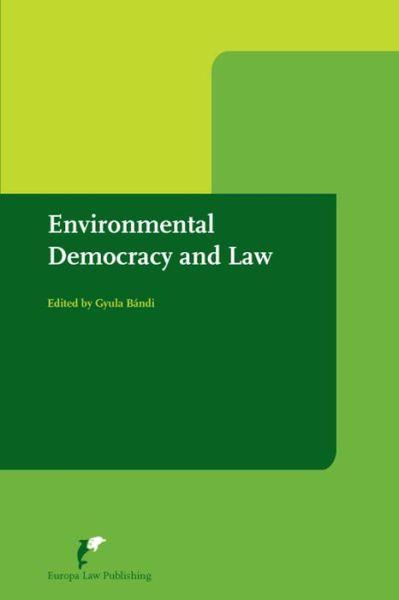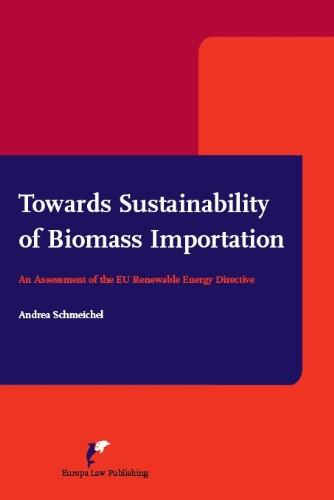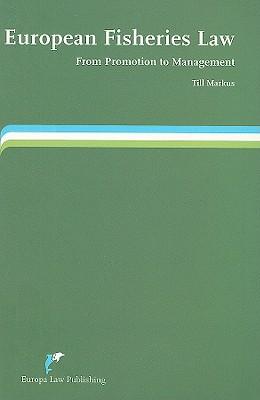Law & Criminology , Environmental Law
Environmental Democracy and Law : Public Participation in Europe
Description Environmental democracy has several roots and reasons, as well as theoretical foundations, which are taken as a starting point of research in this book. One interpretation of environmental democracy could be that it is a visualization of democratic procedural rights, one of the best options to make environmental rights vital. Usually we take public participation as an integral aspect of environmental democracy, thus the classical three pillars are also discussed - access to information, participation in decision-making, and access to justice - mostly from a European and primarily EU perspective, but the book also has substantial relevance for international law. Concepts, theories, and environmental rights may be valued through their implementation potential, and this forms the largest part of the book: how public participation is implemented in Europe - via the Aarhus Convention, within EU law and practice, and in national law. On the one hand, there are several surveys from Europe, partly thematic (GMO, waste), partly pragmatic (e.g. litigation), while, on the other hand, there are country examples, such as Ireland, as well as a special focus on Hungary - as the Jean Monnet Center of Excellence project, the sponsor of the book, has its center there. Beside special practical examples and even sociological surveys, there is now a unique legal instrument in Hungary which is introduced - that is the ombudsman (now deputy ombudsman) of future generations, the history, concept, and practice of which is discussed in details with many examples. (The Avosetta Series -- Vol. 11) [Subject: Environmental Law, European Law, International Law]A?A?
- Bandi, Gyula
- Europa Law Publishing
- 2014
- 397
- Hardback
- 9789089521491
Поткатегории











